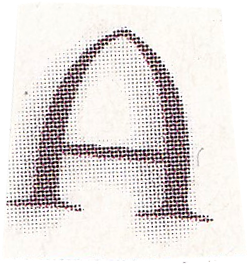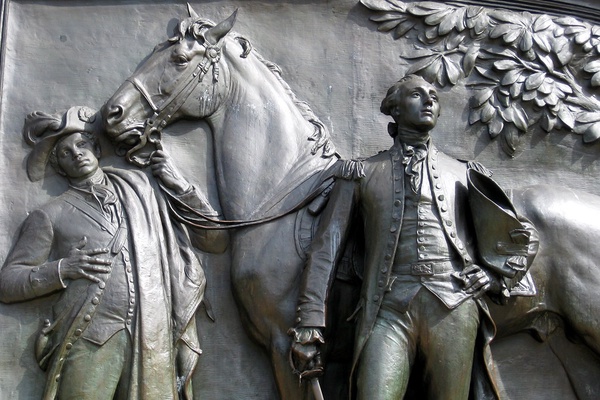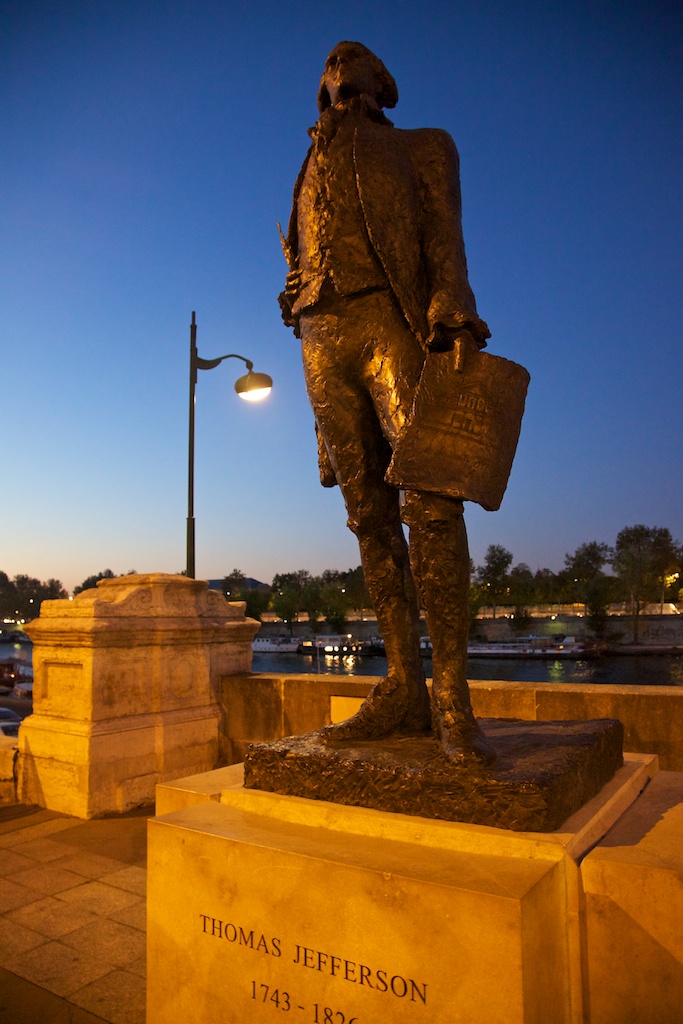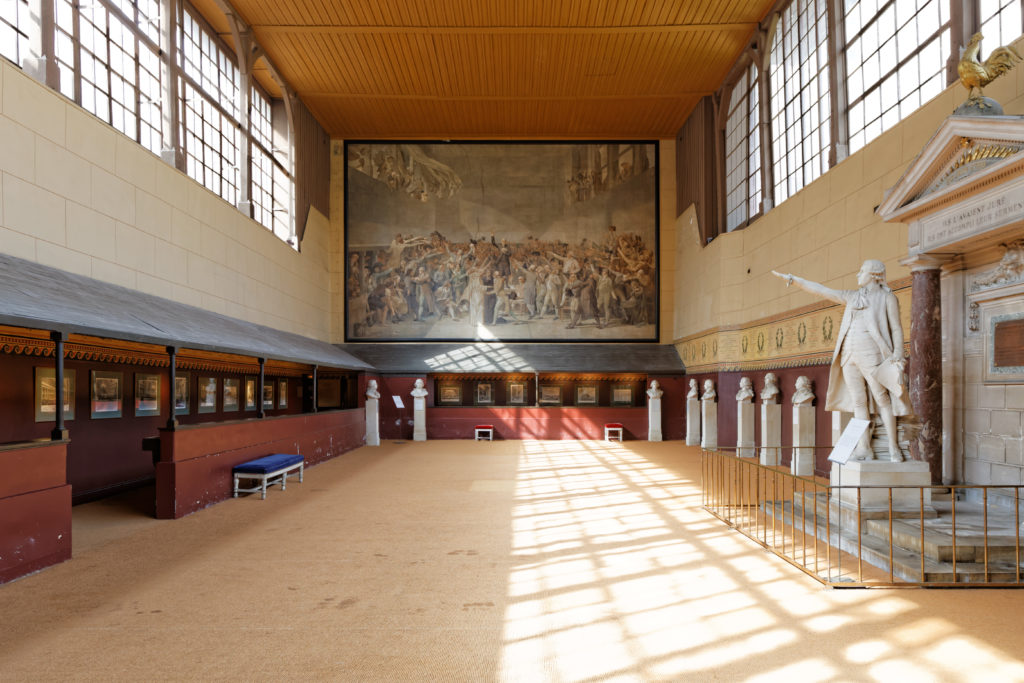 s we approach the Fourth of July in the States, my thoughts naturally turn to Gilbert du Motier, Marquis de Lafayette. A French aristocrat from the Auvergne region, he was born in 1757 and died in 1834. He was a commissioned officer at the age of 13!
s we approach the Fourth of July in the States, my thoughts naturally turn to Gilbert du Motier, Marquis de Lafayette. A French aristocrat from the Auvergne region, he was born in 1757 and died in 1834. He was a commissioned officer at the age of 13!

“Naturally you are thinking of Lafayette?” you ask. “And what did he do, again, exactly? Importantly, he made an appearance in Versailles, where hundreds of years later, I had taken up residence.

Let’s start with the Fourth of July. The Declaration of Independence was written by Thomas Jefferson, who died on 4 July, 1826; he lived in France as ambassador from 1782 -1789.
We all know that the Fourth of July celebrates the signing of the Declaration of Independence from Britain (1776), beginning with Jefferson’s famous words, “We hold these truths to be self-evident, that all men are created equal, that they are endowed by their Creator with certain unalienable rights, that among these are life, liberty and the pursuit of happiness.”

ANGELS
These sentiments have their origins in the 18th century Enlightenment, which you could say has two angels. One, the good angel, represented by John Locke, maintains that human nature is more or less benevolent, and that we are possessed of both reason and tolerance. Selfishness was part of the deal (reasonable, apparently). Locke advocated as natural rights, “life, liberty and property.”
Thomas Hobbes, au contraire, the bad angel, was an earlier philosopher to whom Locke was responding. He is famous for his definition of life as “solitary, poor, nasty, brutish and short.” His favorite Latin phrase: (bellum omnium contra omnes): Everybody is always at war with everybody.
ASIDE:
Reader: An Aside? Seriously? As if Locke and Hobbes weren’t asides enough?
Me: True.
But if you were ever a lit graduate student, you would have heard the expression that life is nasty, British and short. Get it? British? (Shakespeare, Milton, Chaucer, the Gawain Poet—all staples of any English literature curriculum.) Nasty, British, and short. This is the definition of one’s life as a graduate student.
Reader: Got it. Can we move along? I know a lot about Lafayette because I watched Hamilton.
BACK TO THE FOURTH OF JULY AND LAFAYETTE
Well, I think it’s clear that the first sentence of the Declaration of Independence echoes Mr. Locke and not Mr. Hobbes. The Declaration in America included the right to life and liberty, but updates property to be, instead, the pursuit of happiness. The importance of the rights pointed to in both of these documents is that the rights are baked in, given in the natural state before any government came along.
Now Monsieur Lafayette was enamored of the American effort toward independence. A major general at 19 years of age, he served ably in America, until he decided to go back to France to lobby France for support for the American war. When he returned to the States, he had troops under his command for the first time in the Continental Army and served with valor in the Battle of Yorktown.
Hailed as a hero in America, he sailed back to France where he had the French Revolution to contend with.
LAFAYETTE MAKES IT TO VERSAILLES
One of the great documents of the French Revolution (1789) is the Declaration of the Rights of Man and of the Citizen. This document was drafted by—wait for it—Lafayette, in consultation with Thomas Jefferson and presented in the fair city of Versailles in the quartier St Louis. (Coincidentally, I lived in the quartier St Louis.) In this most unassuming building, the three divisions of French society met to pledge allegiance to one another, the commoners, the nobles and the clergy. There was an oath (un serment) taken not to separate and to reassemble until there was a constitution. Think of the two vagrants, Estragon and Vladimir plus Godot and Samuel Beckett, and even all of us, locked together. In their day they were in an indoor tennis court, locked for deliberations. (The lock was to keep the king out, although he owned the “tennis” court.)

The first two articles of the French Declaration read as follows:
1. Men are born and remain free and equal in rights. Social distinctions may be founded only upon the general good.
2. The aim of all political association is the preservation of the natural and imprescriptible rights of man. These rights are liberty, property, security, and resistance to oppression.
It’s interesting to see the changes made in the 13 years since the Declaration of Independence.
A telling distinction between the two documents is that the Declaration of Independence was setting out reasons for rebellion. The Rights of Man was correcting a government in action.
VERY BIG STEP FORWARD
This belief about perfecting the rights of the human being made a profound impact. In 1948, in Paris, a UN document was prepared called “The Universal Declaration of Human Rights.” Here are articles three and four:
Article 3
Everyone has the right to life, liberty and security of person.
Article 4
No one shall be held in slavery or servitude; slavery and the slave trade shall be prohibited in all their forms.
Finally, in the UN document, we have gotten rid of slavery. There actually was a fight to include this provision to outlaw slavery in both Declarations. (Jefferson actually wrote it in, but it got taken out.) The same with the French document. That provision was written out so slavery could continue as the French colonized Martinique.
I can’t help but think that this ground-breaking United Nations document owes a great deal to the earlier French Declaration and to the American one as well.
So now your thoughts will turn to Lafayette on this Fourth of July.
BOOK
Here’s an illustrated UN Declaration of Human rights.
https://www.un.org/en/udhrbook/#66
ASIDE
Reader: Well, okay to another “Aside.” This is heady stuff. Let me summarize. This is the height of bilingual politics. Thomas Jefferson was involved with France’s Declaration and Lafayette was involved in America’s war.
Me: Yes. Lafayette is considered a hero of two nations. And he named his son George Washington after his close friend.
Me, the Sequel: This is an aside, remember? The French Declaration was issued in France, naturally, by the National Assembly. Where? In Versailles, in an old tennis court called Le Jeu de Paume. Now paume means “palm of the hand,” in English and jeu means “game.” So basically it means “game of the palm of the hand.” It is called a precursor of tennis, although originally it was played without a racket. (Where is Godot? I ask this question when something doesn’t make sense in an absurd way. Don’t you?) How can it be tennis without a racket? Why not call it handball? Well, because they thought of it as a precursor to tennis. They did introduce bats and then rackets, but never changed the name. (Godot? Where are you?)
Me: Any questions?
Reader: Where is Lafayette buried?
CEMETIERE DE PICPUS
The history of this cemetery is wild. (Picpus is pronounced like “peak” and the end of Pa”poose.”) A few minutes away from where many were guillotined, people were hauled over there and tossed in a common grave: nobles, peasants, and nuns. In order to be buried in this private cemetery, you have to be descended from a relative who was guillotined. And while Lafayette lived to the ripe old age of 76, the sister, mother and grandmother of his wife were guillotined. An American flag flies proudly over the grave of Gilbert de Motier, Marquis de Lafayette.
Coincidentally, I happened to find just now a celebration on the Fourth of July at the grave of Lafayette.
Happy Fourth to all!